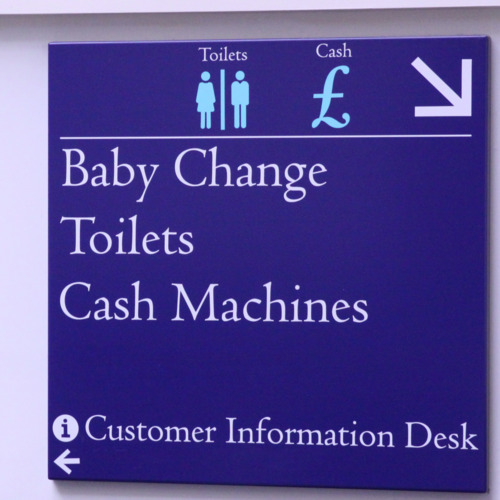
Gerard said something along the lines of the above back in July when I was studying the TDI course here. Back then, I understood it to mean that aesthetic fashions and art movements through the ages have governed the stylistic proclivities of type designers — as a general overarching principle rather than a traceable set of technological, political and national variables evidenced in every work of typography and type design. Modern Typography: An essay in critical history (Robin Kinross) certainly added a new depth to my understanding.
It hasn’t been an easy read, due to its scope, depth and unfamiliarity (at least to a few of us incoming MATD students). The narrative stretches back to 1700, when printers began to articulate their design processes and print books about printing. It was also around that time when typography (composition) began to branch away from print production.
Kinross suggests that typecasting, typesetting and printing technologies co-evolved in a stone-paper-scissors triangle, each being defined (and confined) by the others, but also prompting new technical developments in each other. Every technology has shaped the design and typography of typefaces; the history of type gives a surprisingly sensitive account of the history not just of Art, but of the broader cultural world.

A good example of the interplay of history, technology and type design took place in the latter half of the 18th century. Stepping away from Kinross’s narrative to consider the historical context, we can see a great number of factors at play. At that time, the Age of Enlightenment was blossoming: new continents were being discovered, science was being revolutionised and new academic disciplines sought to disseminate their discoveries. Culture was producing more printed matter than ever before: music, literature and newspapers for example. Printed works suddenly had to include mathematical journals, encyclopedias, detailed scientific diagrams, and music. Maps needed to faithfully reproduce details in the precise craftsmanship of both illustrations and typography. In this context, Kinross explains that printers had to develop better ways to compose and produce work. At the same time, the Industrial Revolution led to the creation of better printing presses and papermaking machines. Engraving emerged as a means to achieve greater levels of refinement than had previously been possible with letterpress and woodcut illustrations. In turn, the new scope for high fidelity reproduction and finesse, along with new, smoother kinds of papers, offered type designers new opportunities to experiment with letterforms. So the ‘Modern’ typefaces of the era, such as Didot and Bodoni, took on flatter serifs, thinner hairlines and sharpened contrast, to give a new typography suitable for a new, forward-looking age.

In another illustration of the circumstantial nature of type design and typography, Kinross considers how the origins of Swiss typography (or International Typographic Style) are specifically a product of socio-cultural conditions around the middle of the 20th century. Whilst most of Europe was fully gripped by the social and economic hardships of the Second World War, designers in neutral Switzerland were able to continue developing a graphic style. Kinross sees Swiss culture as rather stable, regulated (in the sense of ordered or moderated) and objective. The typographic style reflected these values in its rational, structured approach to page layout using grids, photographic images rather than illustrations, and an preference for clean, modern typefaces to convey information in a functional rather than expressive way. Typefaces like Univers and Helvetica originated in this period.
From these two examples we can conclude all typographic design has to attend to the provenance and connotations of the typeface(s) and typography used.
Helvetica is still a reasonable choice (in small quantities) for advertising, by virtue of its overtones of cool, neutral (or perhaps slightly optimistic) rationality.

By way of contrast, the use of the oldstyle book face Jenson in use for wayfinding in Reading’s Oracle shopping centre is problematic at best, suggesting the designer was ill equipped to choose a signage font.